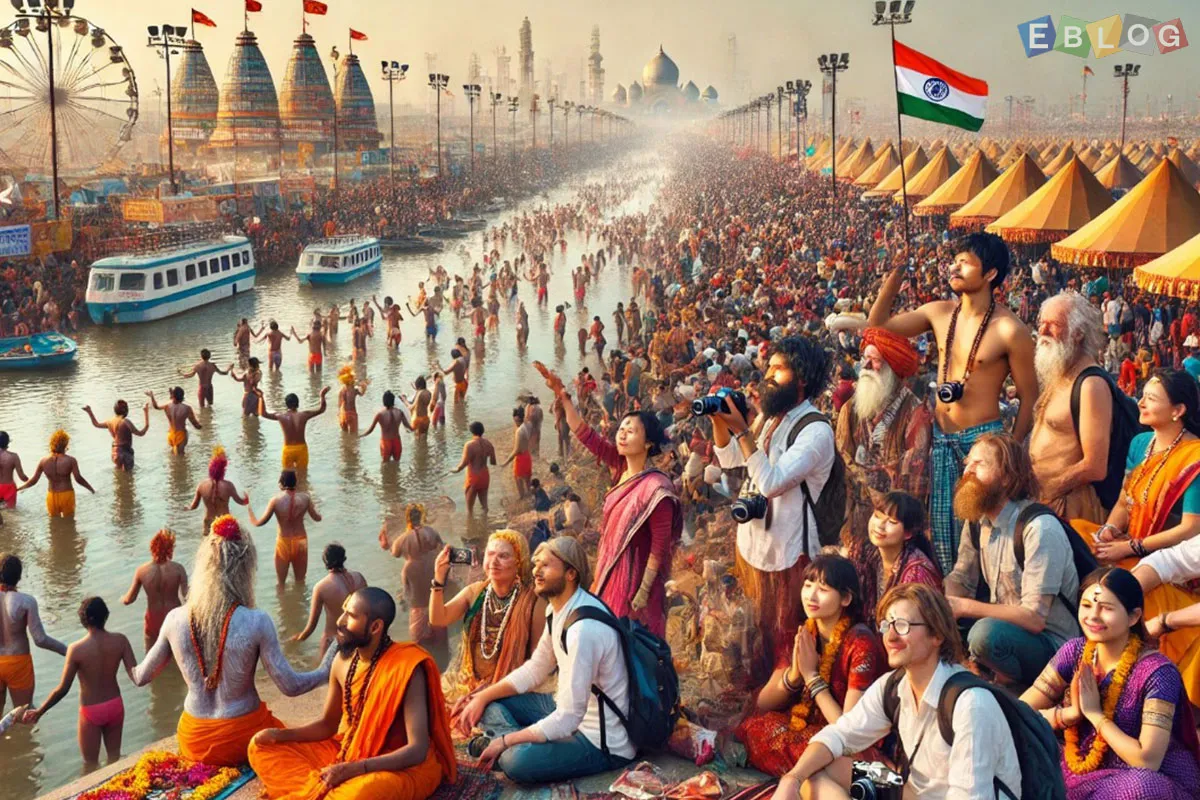
A Global Attraction: Why Foreigners Flock to Maha Kumbh Mela
- 10 Feb, 2025
- Religious
- 490 Views
- 0 Comments
The Maha Kumbh Mela is not just a religious gathering—it’s a cultural phenomenon that draws millions of people from around the world, making it one of the world's largest spiritual events. For many, it’s a once-in-a-lifetime experience, a journey to the sacred confluence of India’s spiritual, historical, and cultural traditions. Every 12 years, this grand pilgrimage unfolds at select sites like Prayagraj (Allahabad), Haridwar, Ujjain, and Nashik, offering a mix of faith, awe, and a profound sense of human connection.
1. A Sacred Tradition that Resonates Worldwide
The Maha Kumbh Mela is rooted in Hindu mythology and is believed to be a celebration of the celestial event when the gods spilled the nectar of immortality (amrita) into the river during a cosmic struggle. The gathering marks the convergence of the Ganga, Yamuna, and the mythical Sarasvati rivers, a sacred trifecta in Hinduism.
Foreigners are drawn to this ancient tradition not just out of religious devotion but because of the larger spiritual and cultural significance. People come from all walks of life—whether spiritual seekers, cultural enthusiasts, or curious travelers. The prospect of taking a dip in the holy waters to cleanse oneself of sins and attain spiritual enlightenment becomes a draw for many, regardless of their religious beliefs.
2. The Spiritual Magnetism
For those who are not Hindu, the Maha Kumbh Mela still offers something invaluable—a deep sense of spiritual connection. Many foreign visitors attend in the hopes of gaining a deeper understanding of Indian philosophy, spirituality, and religion. The colorful processions, the sacred chants, and the sight of millions of devotees meditating, bathing, and engaging in rituals create an atmosphere charged with positive energy and divine presence.
Prominent spiritual leaders like Sri Sri Ravi Shankar, Sadhguru, and others also hold special sessions at the Kumbh Mela, inviting people from around the world to participate in teachings about meditation, yoga, and self-discovery. These sessions attract thousands of foreign nationals, eager to dive into practices that have been passed down through generations.
3. A Cultural Extravaganza
The Kumbh Mela is also a living museum of Indian culture. The vibrant celebrations reflect the vast diversity of India’s traditions, languages, and art forms. Foreign visitors are fascinated by the cultural exhibitions, traditional music and dance performances, the simple yet profound rituals, and the hospitality of the locals.
International tourists are often enchanted by the sight of the Naga Sadhus—holy men who go naked, smeared in ash, and live in seclusion. The spectacular procession of saints and devotees parading to the riverbanks is another mesmerizing aspect of the event. These unique cultural elements become an experience that transcends mere tourism and connects people across borders.
4. The Power of the Crowd and the Sense of Belonging
Another significant pull for foreigners is the sheer magnitude of the event. The Kumbh Mela is a spectacle of humanity, with millions of people coming together most peacefully and harmoniously. The sight of tens of millions of devotees gathering, chanting, and meditating together creates an overwhelming sense of unity. Visitors can’t help but feel a connection to this grand human experience.
Foreign tourists often leave the Kumbh Mela with a sense of profound awe. To witness an event where the focus is not on material pursuits, but on spiritual growth and self-purification, is a transformative experience. For many, it’s a humbling reminder of how collective human devotion can bind people together, irrespective of nationality, race, or belief system.
5. The Global Reach of the Mela: Word-of-Mouth and Modern Media
While the Kumbh Mela has existed for centuries, its international appeal has only increased in recent decades, thanks to modern media and word-of-mouth among travelers. Social media platforms, blogs, documentaries, and travel articles now shine a spotlight on the event, and many foreigners make it a priority to attend after hearing stories from fellow travelers or seeing the extraordinary pictures shared online.
Documentaries and films have showcased the mysticism and magic of the Kumbh Mela to a global audience, inspiring them to be part of this once-in-a-lifetime experience. International tour companies also curate special packages around the Kumbh, making it easier for foreigners to experience the Mela in a way that’s accessible and organized.
6. A Journey of Self-Discovery
Finally, for many foreign visitors, the Maha Kumbh Mela serves as a deeply personal journey of self-discovery. Many people who come to the Kumbh seek more than just a vacation. They seek a life-altering experience, a chance to break free from the hustle of modern life, and an opportunity to reconnect with their true selves. Whether they are walking barefoot on the dusty roads, performing simple rituals by the river, or interacting with the holy men, the Kumbh becomes a journey inward as much as it is a journey outward.
7. Conclusion
The Maha Kumbh Mela’s allure goes beyond religious devotion. It’s a celebration of humanity in its purest form—a convergence of cultures, beliefs, and experiences. Foreigners flock to the event not only to witness a sacred ritual but to experience the vibrant pulse of India, to be part of a centuries-old tradition, and to immerse themselves in a transformative, spiritually enriching environment. Whether seeking spiritual awakening, cultural immersion, or a sense of connection with others, the Maha Kumbh Mela offers something for everyone, making it a truly global attraction.




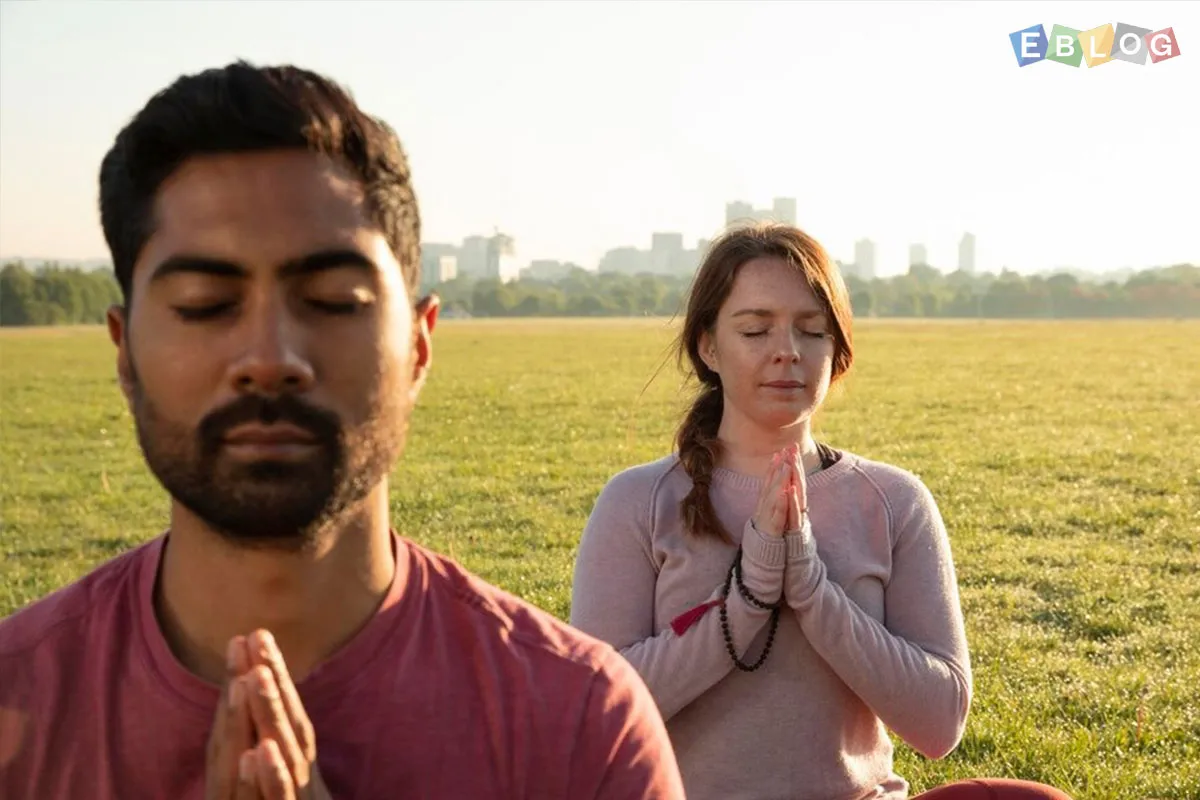
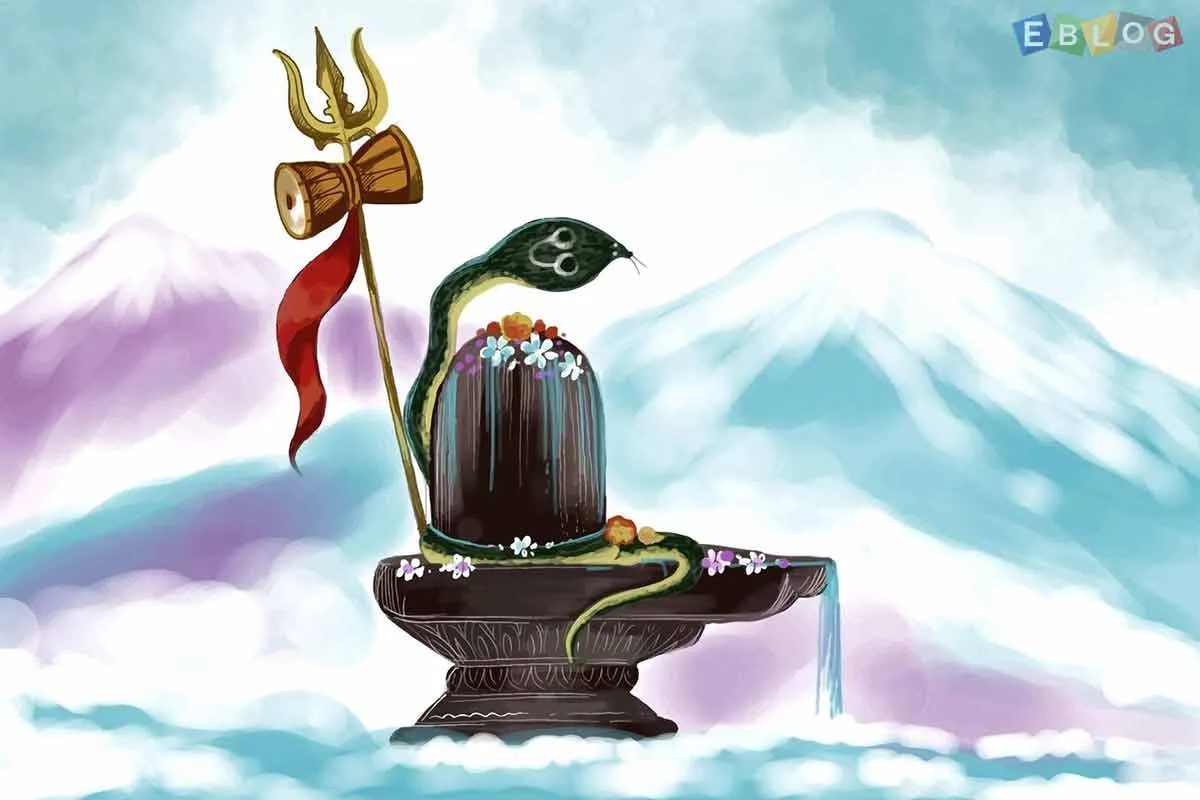

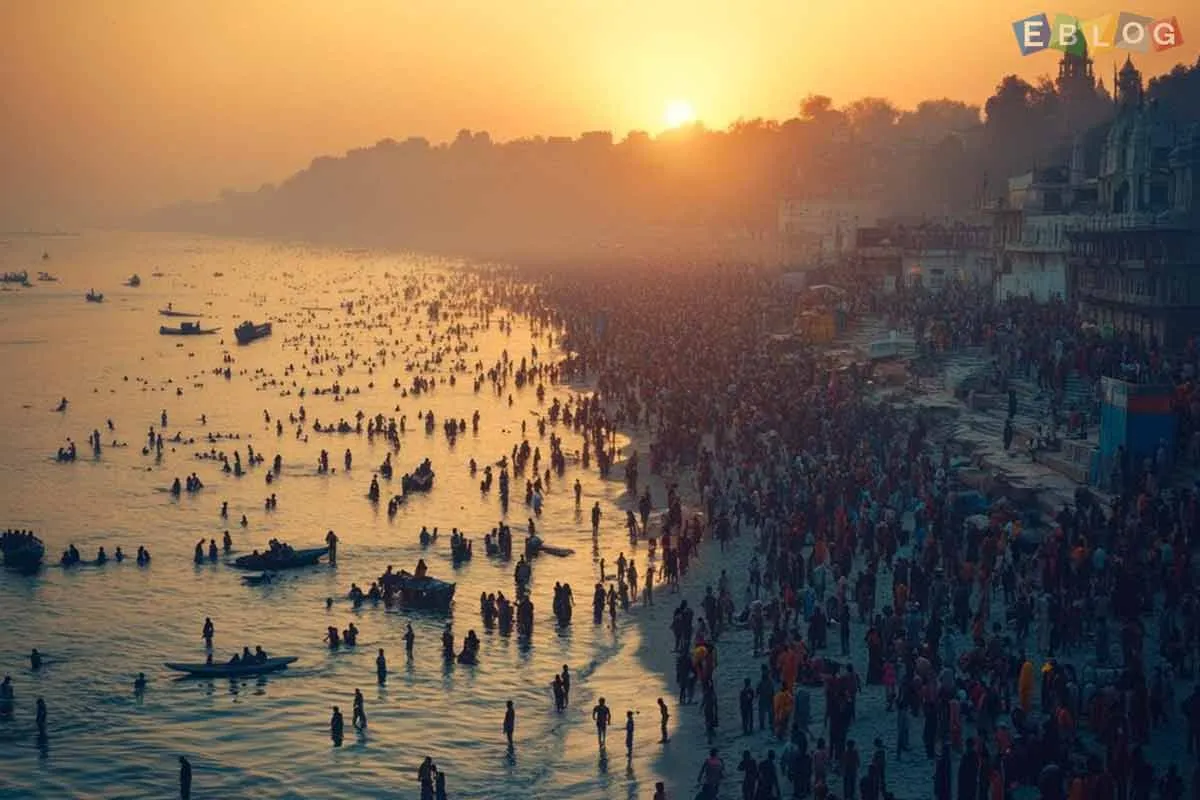
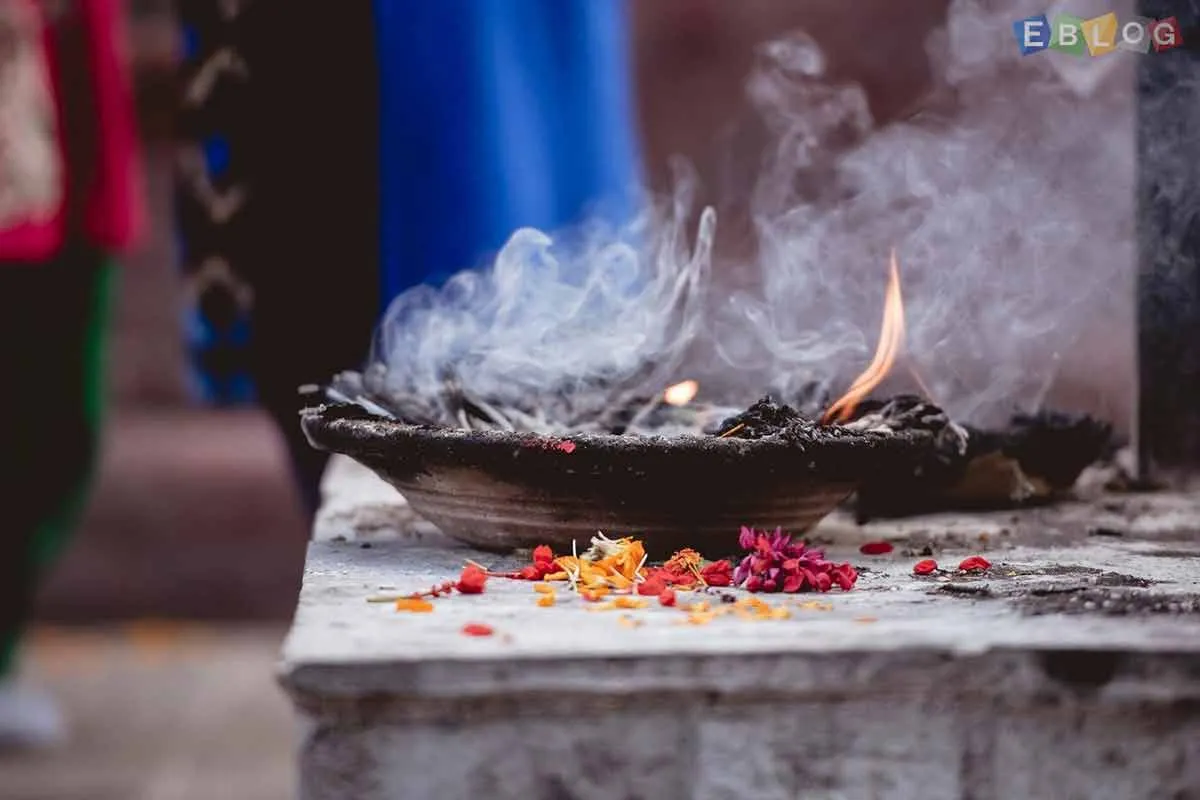





Leave a Reply